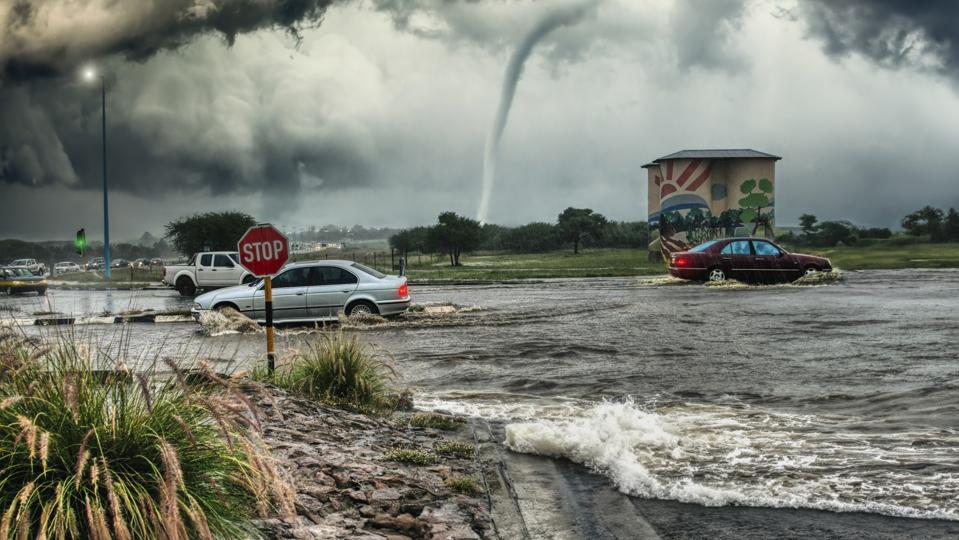Spring came early in the Ticino, on the border of Switzerland and Italy, on the slopes overlooking Lake Lugarno, and resulted in a specifically heavy spaghetti crop. The last few weeks of March have been a worrying time for the spaghetti farmers. There is always a chance of late frost which, while not entirely ruining the crop, does have an impact on the flavor which makes it difficult to obtain top prices on the world markets.
Another reason for the bumper crop lies in the virtual disappearance of the Spaghetti weevil, a tiny creature that has decimated crops in the past. Of course, spaghetti cultivation in Switzerland is nowhere near the size of the Italian industry and the vast spaghetti plantations in the Po Valley, but a bumper or failed crop can still significantly impact the prices paid on the global market based on supply and demand.
Yes, it’s April 1st and this story is based on another story first shown on April Fool’s Day in 1957 on the BBC current affairs program Panorama (check it out here, it is well worth a watch).
It’s a stark reminder that sometimes climate change hysteria makes a fool of us all. But the impact of climate change on the agricultural world and across the global supply chain cannot be ignored.
Here are a few alarming climate change examples from 2023 that are no joke:
- When a Bomb cyclone hit California in early 2023, excessive flooding (after years of drought) affected imports, exports, transportation and damaged crops all over the state.
- In June, a major highways collapsed in Pennsylvania resulting in logistics challenges up and down the east coast of the USA
- In July, India announced an exportation ban on non-basmati white rice due to rising prices and fear of shortages due to El Nino disruptions.
- The Sriracha hot source shortage was “hot” on social media. This was due to poor jalapeno crops in Mexico, which relies on water from the Colorado river which was depleted.
- Panama Canal water levels were also very low which is putting at risk the estimated 40% of consumer goods transported between Northers Asia and the east coast of the USA.
- In October you could read about a sugar shortage due to droughts in India, and floods in Brazil! This was compounded by a poor sugar beet harvest in Europe.
Be part of the solution
It’s imperative that companies make sustainability central to their overall business strategy. To begin the process, business leaders must examine all functions of their network and identify sustainability weaknesses within and outside of their organization.
For example, supply chains are a major contributor to waste and carbon emissions and are therefore a major area of opportunity for improvements. Creating measurable goals to improve a company’s supply chain (e.g., eliminating single-use plastics within the next 18 months, or becoming carbon neutral by 2030,) can restore the confidence of customers, investors, employees and other stakeholders that the organization is making active strides to become more sustainable.
But setting goals is one thing and meeting them is another. Supply chain leaders must make sure they are accounting for and managing climate-related emissions across all parts of their supply chain (Scope 1,2 and 3), which includes suppliers, contract manufacturers, logistics service providers and other trading partners.
This is no small feat – a lack of visibility across a company’s supply chain is typically the reason why business leaders struggle to manage the total carbon footprint of products. By employing technology to provide the visibility they need to see across their supply chain, business leaders can then take actions to reduce their company’s end-to-end carbon footprint.
To learn more about how to get your business ready to enable a risk-resilient and sustainable supply chain, download the recent Oxford Economics Research.

